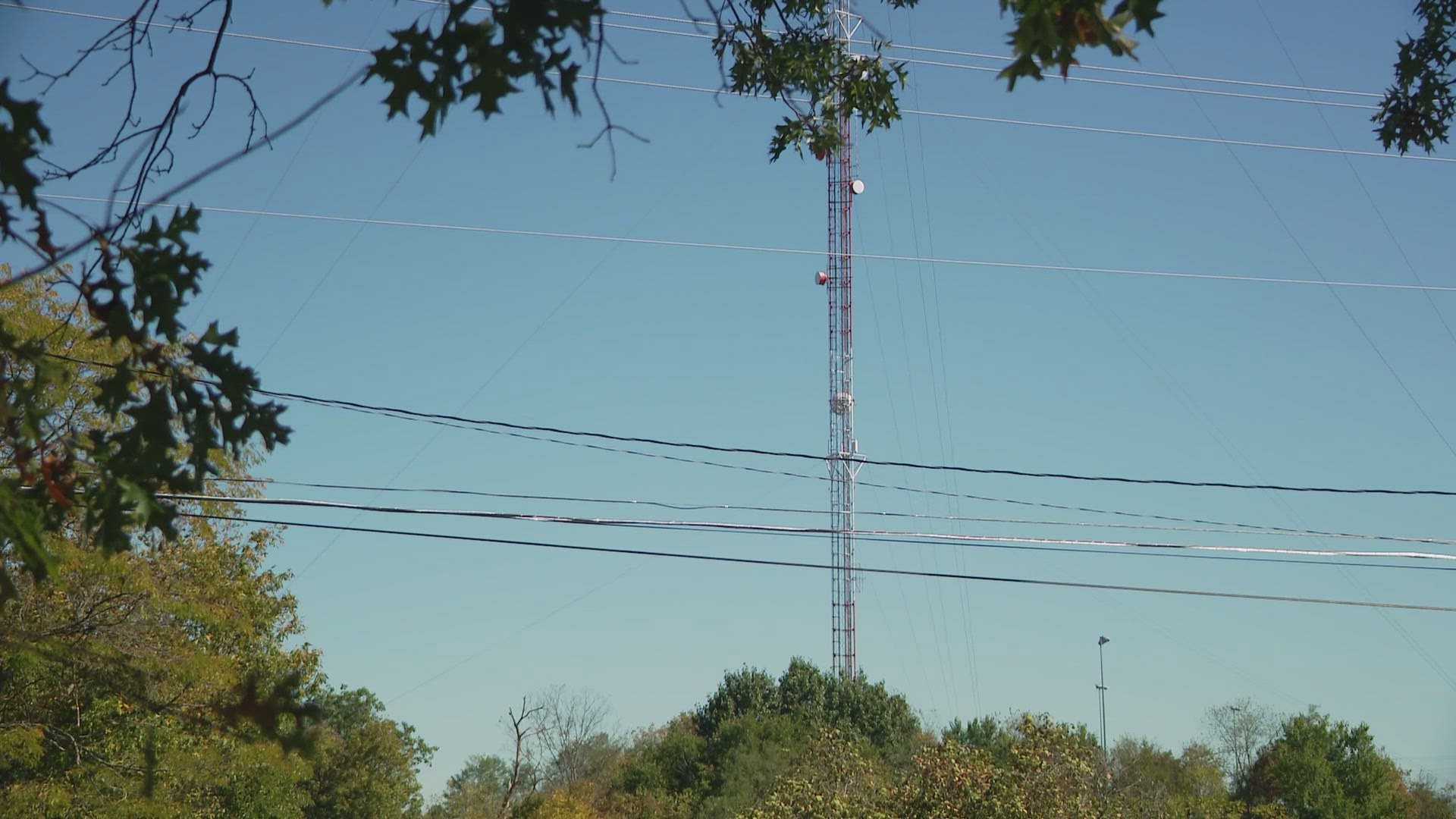LOUISVILLE, Ky. — Federal aviation authorities are providing new details in their investigation into the tragic medical helicopter crash in Owen County in October, confirming the chopper was set to land right near a high school football field before things took a turn for the worst.
A 5-page preliminary report published by the NTSB explained how the helicopter hit one of the guy-wires anchoring the KET transmission tower in Owenton, finding two rotor blades with damage that matched the size of the thin but powerful cables.
According to the initial findings, the chopper came from the northeast to pick up a patient in emergency.
WHAS11 Storm Team meteorologist Reed Yadon, also a veteran pilot and flight instructor, says guy-wires are "an easy thing to overlook because you see the tower, but you don't see the guy-wires."
Yadon said with helicopter flying, off-airport landings are one of the most dangerous things for pilots.
"In the process of doing that, there are certain hazards on the ground – being buildings, people, trees," he said.
Can't see the embed? Click here.
The three crew members on board -- a pilot, flight nurse and flight medic -- were all killed in the crash.
In the preliminary report, investigators marked a map with green arrows, showing where the pilot struck one of those cables -- an inch and a half in diameter.
New details show the landing zone was just south of a high school football field.
"You do what this pilot was doing, you do a recon – you circle the area," Yadon explained.
But fire units hadn't gotten there yet, so the pilot said he'd circle the landing area and then head down.
That's when disaster struck. The pilot had nearly 20,000 total hours of flight experience and had landed in the area before.
"Every time you go into a new 'LZ' or landing zone, it's like you're going in for the first time. Things can change too," Yadon said.
The report highlighted the position of the sun, too. It was just before 6 p.m. at the time of the crash, with the sun beginning to lower.
"It's a major factor. From driving a car, you know what it's like at sunset or late in the day when the sun's low on the horizon," Yadon said. "You can't see what's in front of you, it's very difficult. And you can multiply that many times more when you're flying a helicopter."
Ultimately, the NTSB still has to issue a final report, which will include the official cause and potential recommendations. We're told that could take at least a year.
Make it easy to keep up-to-date with more stories like this. Download the WHAS11 News app now. For Apple or Android users.
Have a news tip? Email assign@whas11.com, visit our Facebook page or X feed.

